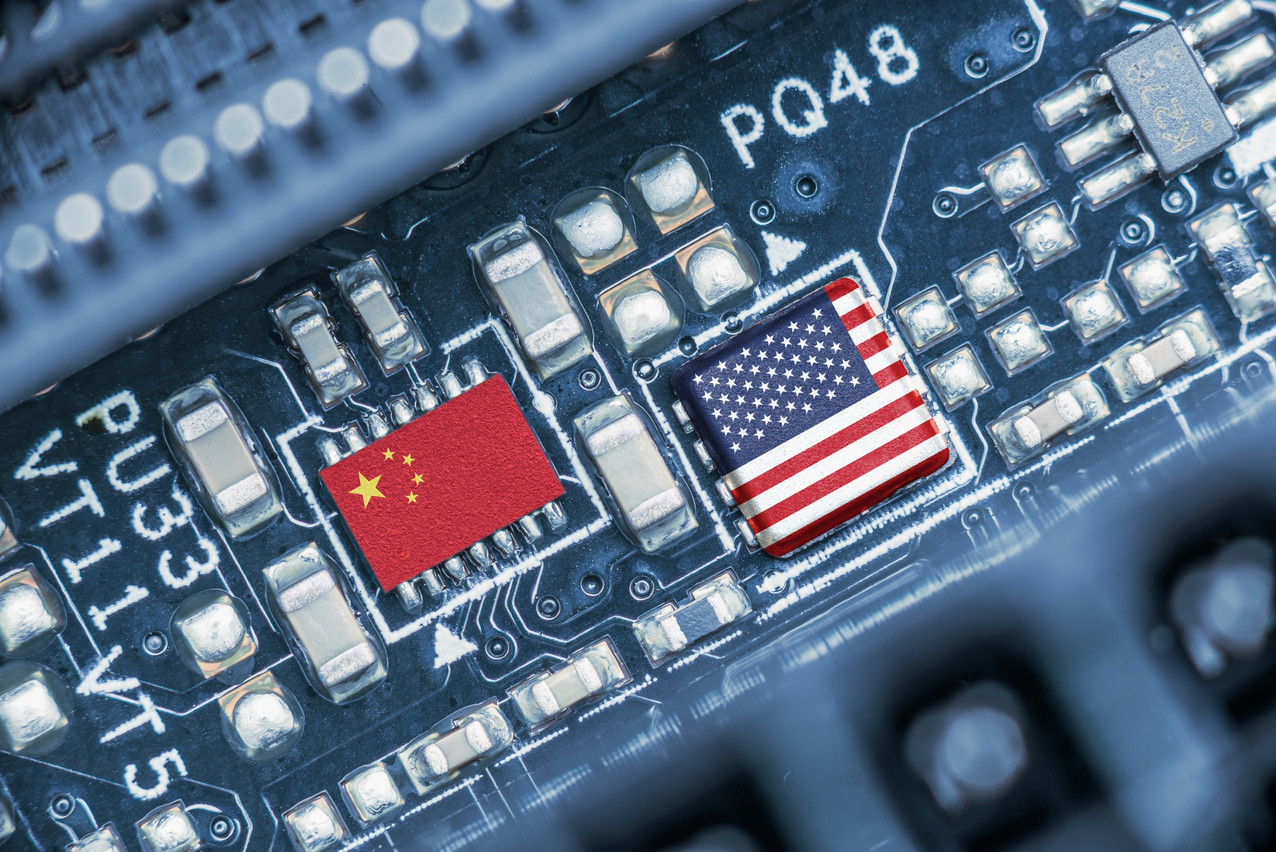The announcement by Amazon Web Services (AWS) on 27 February of its prototype quantum chip, dubbed Ocelot, confirms a trend that is gathering pace: American domination of the quantum computing race. Designed by the AWS Centre for Quantum Computing at the California Institute of Technology (Caltech), this first-generation semiconductor could reduce the cost of correcting quantum errors by up to 90%, according to the American firm. It’s a major advance in a field where error management is one of the main obstacles to the development of truly operational machines.
Far from the science fiction that has long surrounded it, quantum computing is based on principles that are radically different from those of conventional computers. Whereas conventional computers manipulate data in the form of bits, which can only take the values 0 or 1, quantum computers exploit quantum bits (qubits). These are basic building blocks that have an infinite number of possible states that can be superimposed and entangled.
This ability to simultaneously process a colossal number of potential results gives these machines unrivalled computing power, with promising applications in fields such as the design of new medicines or the optimisation of batteries, which are essential to the energy transition.
American domination
While this performance is theoretically dizzying, it is still hampered by a major challenge: error management. Qubits are extremely sensitive to external disturbances--vibrations, heat, electromagnetic interference--which introduce noise and distort calculations. This is where the digital giants are concentrating their efforts, in a global competition in which the United States has a clear lead.
Since 2010, US funds have injected nearly $1.8bn into startups in the sector, capturing the bulk of private initiatives. By 2022, the United States will account for 27% of the global market, says a by strategy consultancy Boston Consulting Group, backed by major players such as IBM, Google and now Amazon.
China and Europe in ambush
Behind the United States, China is stepping up its efforts, backed by massive state support. Beijing has allocated nearly $10bn to the development of quantum technology, a field in which national giants such as Tencent, Alibaba and Baidu are playing a key role. In 2022, the country held 11% of the world market and had the second highest number of patents filed, just behind Washington. In 2024, the United States and China accounted for 68% of all quantum-related patents, according to a by Inpi, the French Institut national de la propriété industrielle, a public establishment under France’s ministry of economy, industry and digital affairs.
Europe, for its part, is trying to make its mark but is lagging behind. Despite a $6.5bn investment programme launched in 2021 and a market share of 14% in 2022--slightly higher than China’s--the continent is suffering from a lack of coordination between member states and a shortage of private funding. European startups attracted just $300m in investment that same year, a far cry from the US figure.
China in second place? Europe as the challenger? Whatever happens in this global race, Amazon’s announcement leaves little room for doubt. More than ever, the United States is asserting itself as the undisputed leader in quantum technology.
This article was originally published in .
